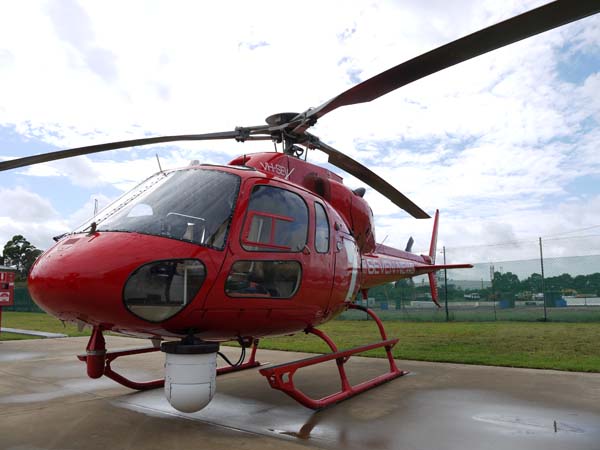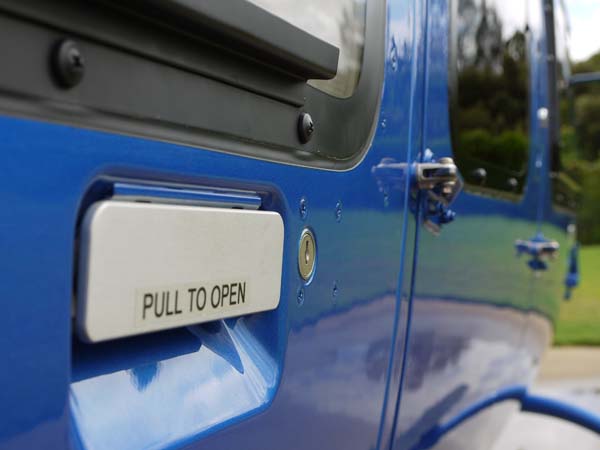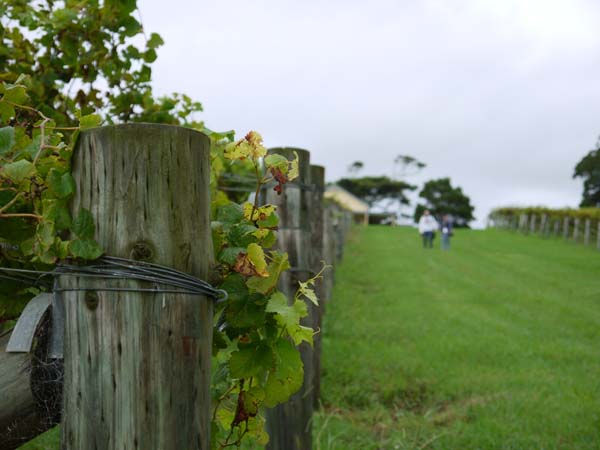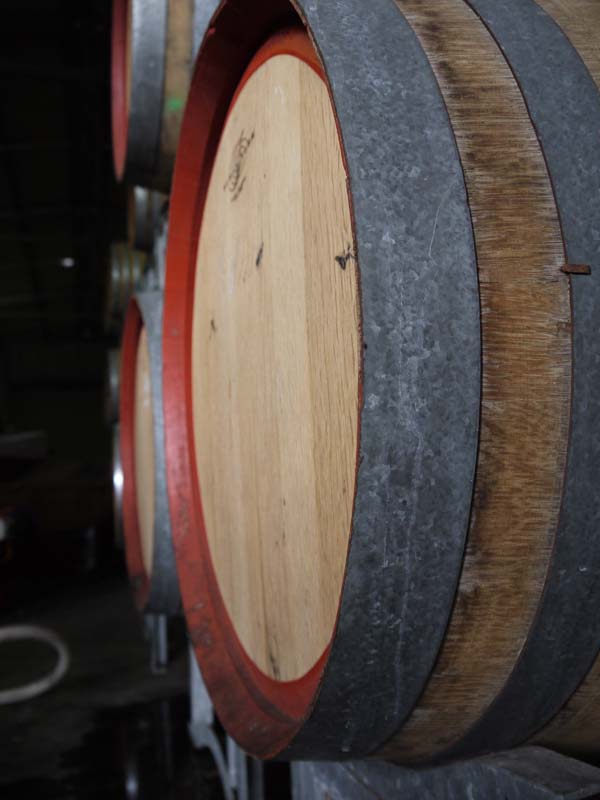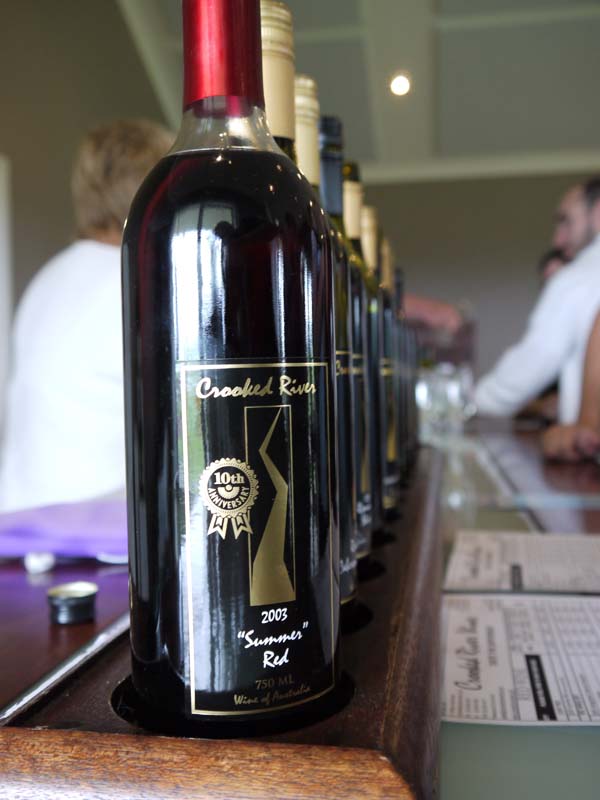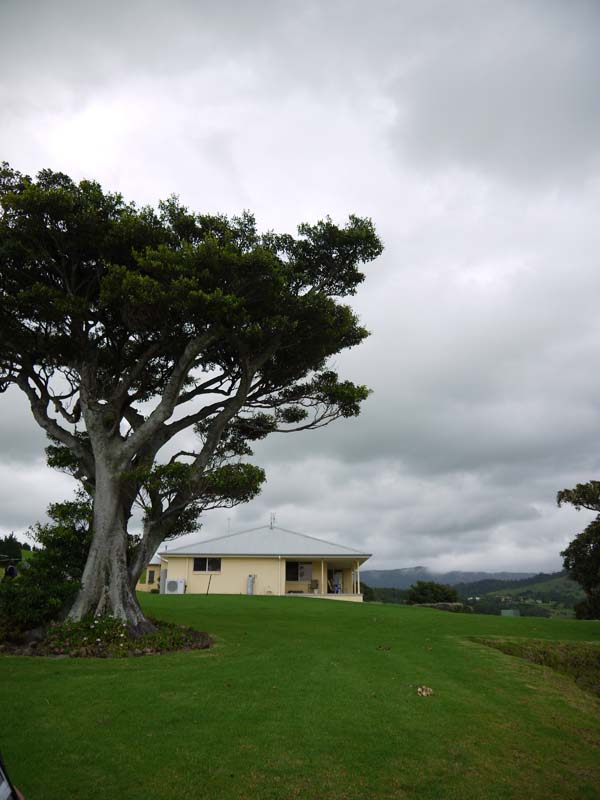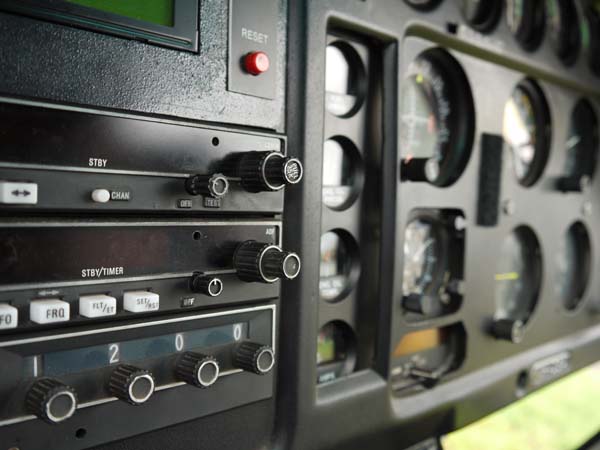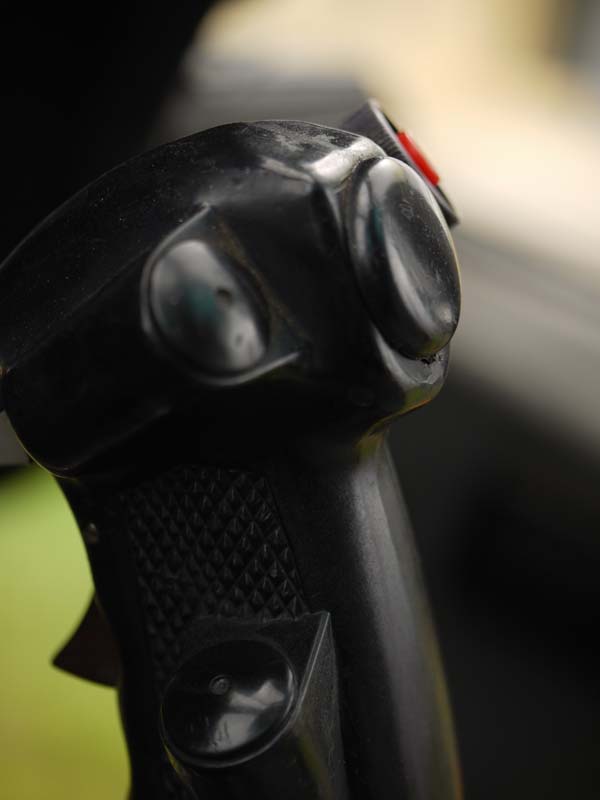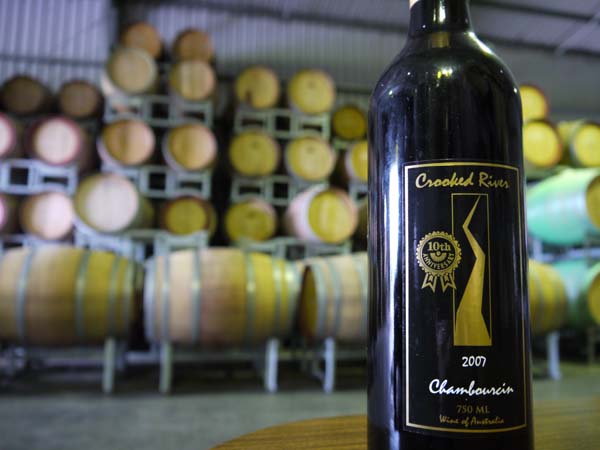 My canvas shoes were soaked through, my feet wrinkling like the dead grapes left hanging on the surrounding vineyards. The clouds above threatened rain, which promised to make the helicopter ride home a bumpy one. And yet there was still a smile on my face – despite the fact the Lumix G2 I was playing with was a pre-production unit, it was honestly one of the most enjoyable camera experiences I’ve ever had.
My canvas shoes were soaked through, my feet wrinkling like the dead grapes left hanging on the surrounding vineyards. The clouds above threatened rain, which promised to make the helicopter ride home a bumpy one. And yet there was still a smile on my face – despite the fact the Lumix G2 I was playing with was a pre-production unit, it was honestly one of the most enjoyable camera experiences I’ve ever had.
The latest in Panasonic’s range of EVIL (Electronic Viewfinder Interchangeable Lens) micro four thirds cameras, the G2 is the direct successor to Panny’s first micro four thirds snapper, the G1. But despite carving off hundreds of dollars from the G1’s launch price, the G2 adds some really interesting features, including a rotatable touchscreen and AVCHD Lite HD video recording.
Playing around with the touchscreen was a learning experience, because it can pretty much control any setting on the camera. You can adjust the aperture, shutter speed, ISO, white balance, and pretty much anything else you can think of. Of course, just because the camera can do these things, doesn’t mean you’ll use them. No, what you’ll use the touchscreen for mostly is focusing and swiping through your pics during playback.
The focusing element is actually truly useful. During portrait shots, for example, you can focus in on the subject’s eyes. You can also set the camera to take the shot when you touch the screen, which has potential uses, but certainly wasn’t something I played around with too much during my hands on.
Panasonic were quick to throw out the claim that the cameras we were shooting on were pre-production, which hopefully accounts for the weird colour reproduction of some of the barrels in the winery on some shots (as could a possible stuff up of white balance). It could also account for some of the focusing glitches I experienced while trying to use the touchscreen’s focus feature. But other than that, the picture quality was pretty impressive, with vibrant colours and pinpoint detail. Even pics shot through the helicopter’s windows turned out vibrant, when they weren’t ruined by a reflection.
I did chew through the battery though, getting about 175 shots or so, and spending a fair amount of time playing with the touchscreen. If that’s real world performance when the final product hits shelves, I’d recommend a second battery.
Just before the battery died, the guys at Panasonic gave me a macro lens to play around with. I was already in the chopper, waiting to take off (the skies having cleared), so there wasn’t too much to shoot aside from instruments, but what I did shoot proved that having a decent lens can make all the difference – the sharpness of the images shot with the macro lens are amazing.
It doesn’t hit shelves until June, but I’m already smitten by the G2. It has all the features I’m looking for (including full manual controls and HD video), is significantly lighter and less bulky than my 40D and it comes in different colours. Plus, it’s nowhere near as expensive as the GH1, which is a huge step in the right direction for the micro four thirds format.
